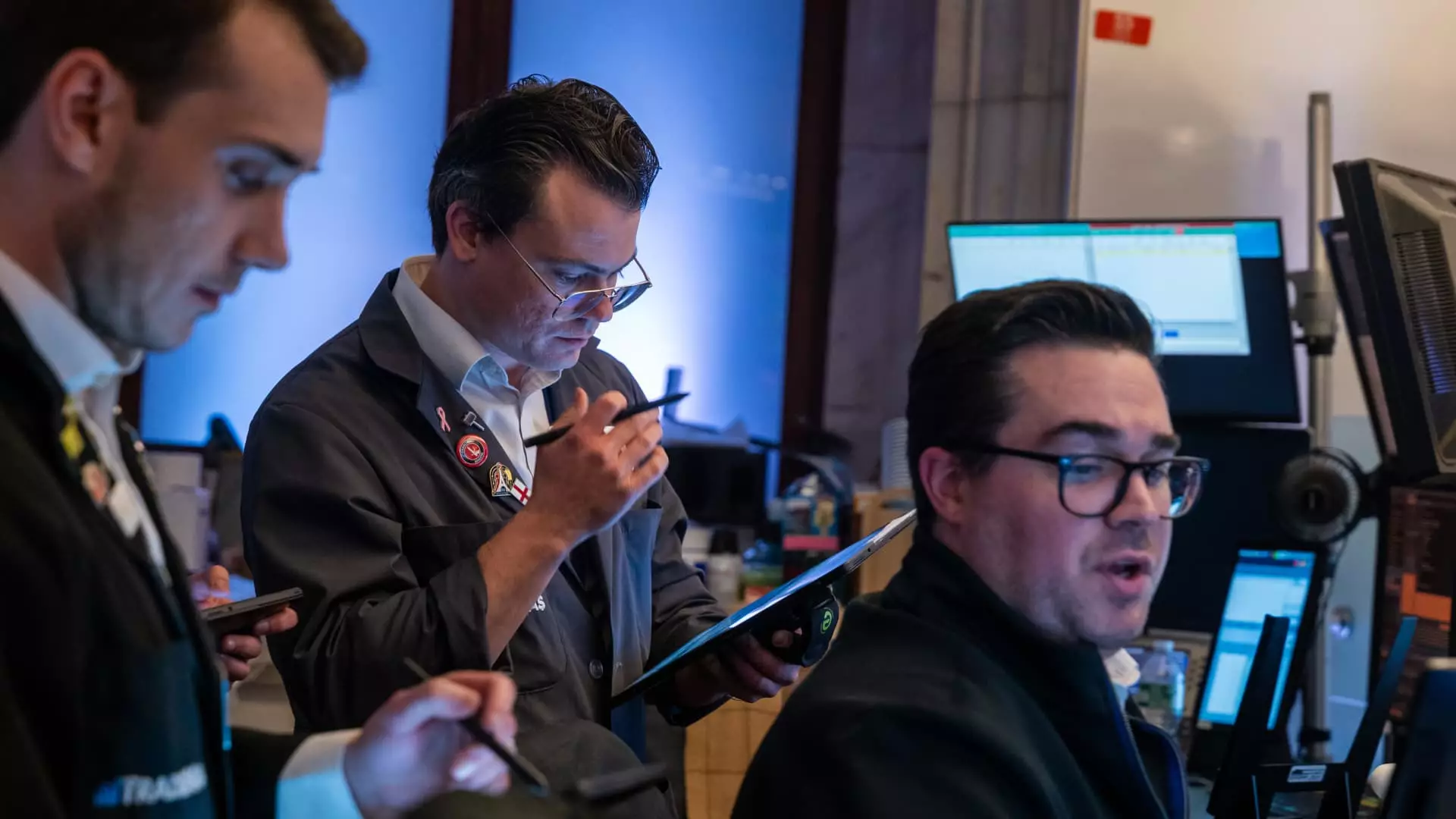In an intriguing twist, recent findings from Charles Schwab’s quarterly client survey reveal a growing optimism among traders, despite acknowledging the risks associated with an overvalued stock market. The survey, which engaged 1,040 active traders, indicates that bullish sentiments now dominate, with 51% expressing hope for continued upward momentum in their investments compared to 34% who remain cautious, or “bearish.” This optimistic outlook is particularly pronounced among younger traders, with those under 40 exhibiting a significant increase in bullish sentiment, surging from 47% in the previous quarter to 59%.
This paradox—where pessimistic views about market valuation coexist with a bullish outlook—highlights a fundamental tension in current trading behavior. Many traders, while recognizing possible market overvaluation, still believe in the potential for a sustained rally. James Kostulias, head of trading services at Charles Schwab, explains this phenomenon, suggesting that despite the market’s frothy condition, traders think there’s still ample opportunity for growth.
The uptick in optimism among young traders may be indicative of broader trends in financial engagement and risk appetite among millennials and Gen Z. These younger investors are often more resilient after experiencing market fluctuations like those seen during the COVID-19 pandemic. As a result, they are inclined to invest aggressively, believing in the long-term potential of stock markets, even when the short-term metrics seem unfavorable.
Interestingly, the survey reveals that over half of all traders intend to allocate additional funds into stocks during the first quarter of the year, which underscores a collective belief in future market growth. However, this optimism may not necessarily translate into stability; rather, it may signal that traders are betting on a rebound or correction based on their risk perceptions.
When examining sector performance, traders are particularly hopeful about industries such as energy, technology, finance, and utilities. These sectors are often viewed as advantageous due to anticipated regulatory changes under the current administration, leading to a tactical tilt in investment strategies. It’s notable that the traders’ responses reflect a nuanced understanding of market dynamics, balancing optimism with a real awareness of external economic factors.
On the other hand, economic sentiment appears to have shifted dramatically regarding recession expectations. The survey indicates that a notable decline in the number of traders anticipating a recession—only a third now view it as “somewhat likely,” down from 54% in the previous quarter—reflects an increased sense of confidence in economic resilience.
While bullish sentiments are prevalent among traders, especially the younger demographic, it’s vital to approach the market landscape with both enthusiasm and caution. The current scenario illustrates the complexity of investor psychology as traders navigate between hope for market gains and the reality of potential economic headwinds. Thus, balance remains essential, suggesting that while optimism fuels investments, awareness of underlying market conditions is crucial for long-term sustainability. As the equity markets continue to evolve, so too will the strategies and sentiments of traders seeking to capitalize on their insights.

